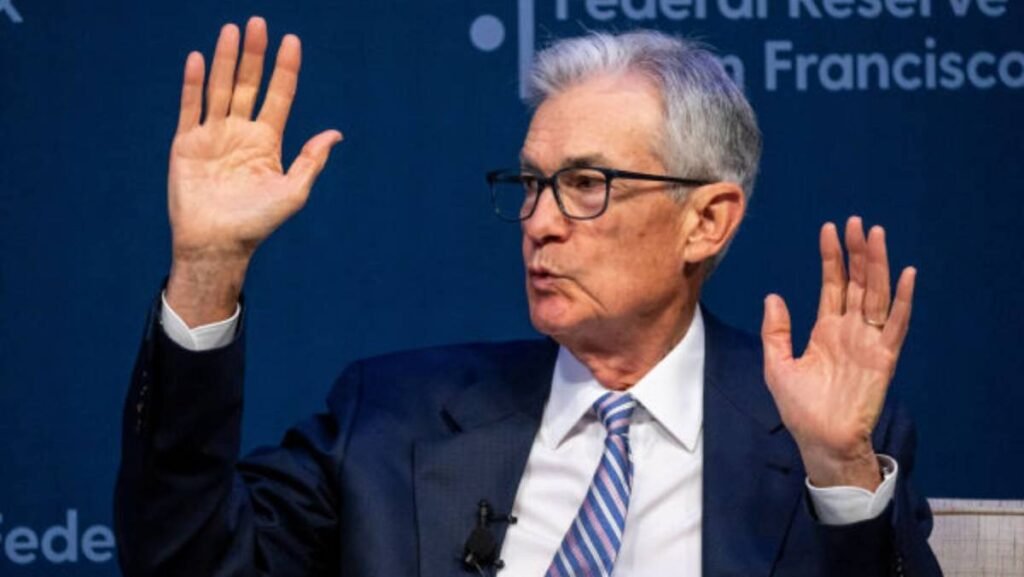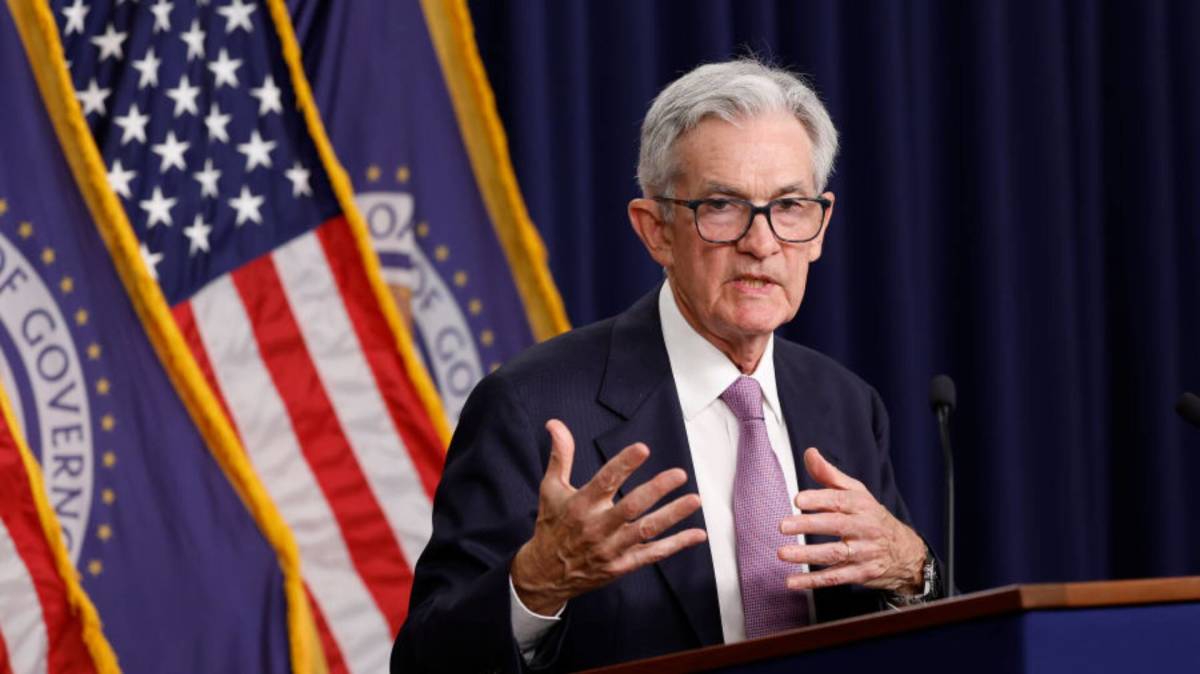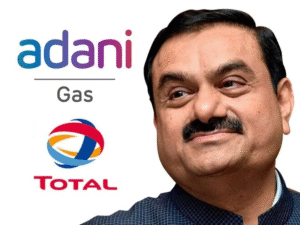According to market predictions, the long wait for the Federal Reserve to lower interest rates may soon be over.
The CME’s closely watched FedWatch tool uses the futures market to predict rate cut odds. It currently pegs the probability that Fed Chair Jerome Powell will lower the Fed Funds Rate by 0.25% at the next meeting on September 17 at 93%, up from 55% one month ago, due to weaker-than-expected July unemployment data released in early August.
Related: Inflation shocker blows apart expectations for huge Fed rate cuts
That’s encouraging to those hoping for interest rate relief on mortgages, credit cards, and auto loans. However, not everyone is convinced that a rate cut is a certainty, particularly after the July Producer Price Index, which measures wholesale goods prices, called into question the thinking that the impact of tariffs on inflation is minor.
It’s true that consumer-level inflation, as measured by the Consumer Price Index and Personal Consumption Expenditures Index, has risen only marginally since tariffs were enacted.
However, in July, PPI inflation skyrocketed more than economists expected, which is worrisome because higher prices at factory gates are considered a precursor to consumer inflation.
If so, the Fed may remain boxed in by its dual mandate, as Bank of America analysts suggest in their latest update on the likelihood of a September cut.
The Fed gets boxed into a corner on interest rates
There’s plenty of economic warning signals flashing:
- Unemployment at 4.2%, up from 3.4% in 2023.
- Sticky inflation, with CPI inflation rising since April.
- Weakening GDP, with projections of 1.4% in 2025.
- Retreating consumer sentiment in August.
The Fed is boxed in by its twin goals of setting interest rates at levels that support low inflation and unemployment — two often contradictory mandates.
Raising rates lowers inflation but increases job losses, while rate cuts have the opposite effect.
Related: Stock market gets ‘kick in the pants’ from startling inflation report
This means the Fed’s job is more complicated than it sounds, particularly this year, given all the crosscurrents.
The unemployment rate has steadily inched higher since 2023 because of the Fed’s hawkish rate hikes in 2022 and 2023. Meanwhile, inflation (nicely lower than its peak three years ago) has seen progress stall since tariff announcements this spring.
In July, the unemployment rate increased to 4.2%, or more specifically, 4.248%, dangerously close to being rounded up to 4.3%, which would have been the highest level since late 2021.
The Consumer Price Index, or CPI, in July showed that headline inflation was 2.7%, up from 2.3% in April before many of the tariffs kicked in. Meanwhile, Personal Consumption Expenditures, or PCE, inflation was 2.6% in June, up from 2.2% in April.
Adding to the mixed bag of conflicting economic data, the World Bank estimates GDP, which measures economic activity, will grow just 1.4% this year, down from 2.8%.
The University of Michigan’s latest Consumer Sentiment Survey Index fell 5% in August to 58.6 due to nervousness about future inflation and unemployment.
“Consumers continue to expect both inflation and unemployment to deteriorate in the future. Year-ahead inflation expectations rose from 4.5% last month to 4.9% this month,” said University of Michigan Surveys of Consumers Director Joanne Hsu. “This increase was seen across multiple demographic groups and all three political affiliations. Long-run inflation expectations also lifted from 3.4% in July to 3.9% in August.”
Bank of America doubles down on ‘no-cut’ in September after PPI shocker
The conflicting economic data may mean markets are too optimistic that the Fed will cave and lower rates to prop up the jobs market in September, especially after the PPI data showed that wholesale level inflation is increasing.
More Economic Analysis:
- Trump sends strong message on Federal Reserve Chair decision
- A divided Federal Reserve mulls interest rate cut after wild week
- Federal Reserve reveals latest interest rate cut decision
According to the Bureau of Labor Statistics, which produces the inflation report, the PPI grew 0.9% in July, the largest increase since June 2022 and well above economists’ 0.2% forecast.
Headline PPI inflation grew 3.3% and the index for final demand minus volatile foods, energy, and trade services increased 2.8% in July year-over-year, “increasing 0.6% in July, the largest increase since rising 0.9% in March 2022,” according to the BLS’s statement.
“Given today’s [Aug. 14] PPI and Tuesday’s CPI data, we are tracking core PCE to rise by 0.3% m/m (0.30% unrounded) in July,” wrote Bank of America analysts to clients. “This would push the y/y rate up to 2.9% from 2.8% previously.”
Core PCE, which removes the impact of volatile food and energy, is the Fed’s preferred measure of inflation. So, an increase in expectations is moving in the wrong direction for those expecting rate cuts, particularly given the Fed’s inflation target of 2%.
“In our view, this challenges the market’s conviction for a September cut, and we retain our call for no cuts this year,” said the analysts bluntly.



















